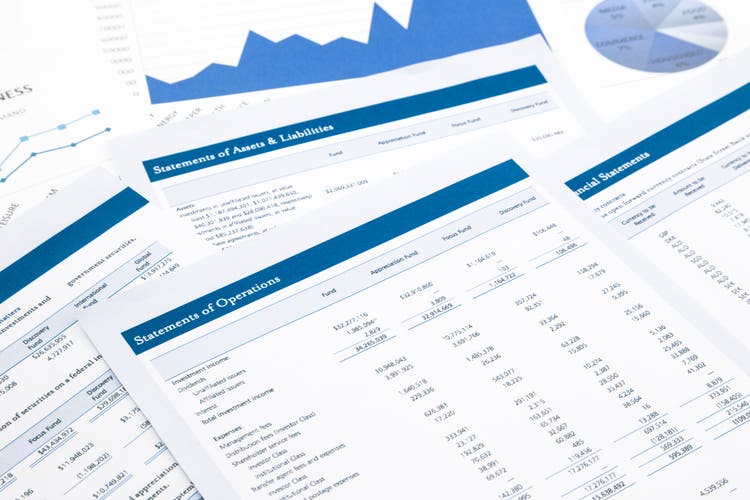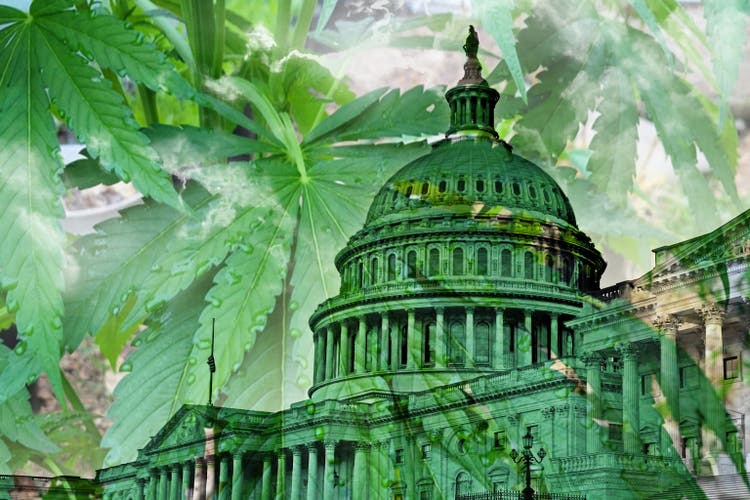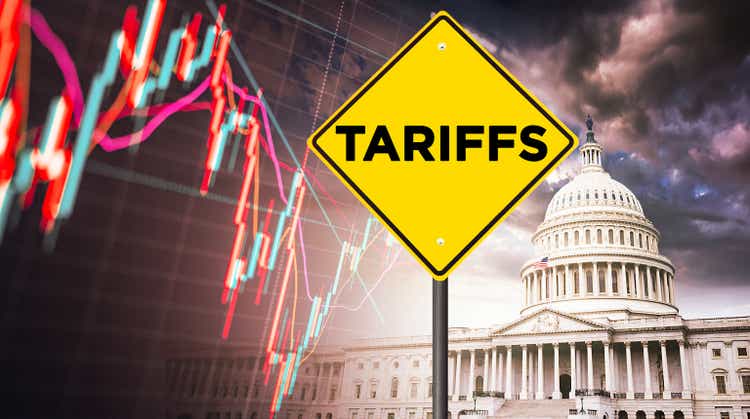- If President Trump gets his way and removes Jerome Powell as chairman of the U.S. Federal Reserve, the market reaction would be swift and brutal, Deutsche Bank’s George Saravelos argues. It could collapse the currency and bond markets, he says in a note seen by Fortune. Polymarket puts the chances of a Powell ouster at 19%. “We consider the removal of Chair Powell as one of the largest under-priced event risks,” Saravelos says.
Deutsche Bank published an explosive research note over the weekend titled simply, “What if ?” (And yes, it includes that idiosyncratic use of extra spaces in front of the question mark.)
Written by Global Head of FX Research George Saravelos, it explores what might happen if President Trump gets his way and forces Jerome Powell out of the chairmanship of the U.S. Federal Reserve in order to replace him with someone who agrees with Trump that interest rates should be lower.
“We believe the market reaction would be large,” the note says. “The empirical and academic evidence on the impact of a loss of central bank independence is fairly clear: in extreme cases, both the currency and the bond market can collapse as inflation expectations move higher, real yields drop and broader risk premia increase on the back of institutional erosion.”
Saravelos declined further comment when reached by Fortune.
The note is important because while most investors do not believe it is likely that Trump can actually replace Powell before his term is up next May, they do not believe it is impossible. Bettors on Polymarket, the crypto predictions exchange, currently put the chance of Powell’s removal at 19%.
Until recently, Trump’s hatred of Powell was expressed mostly through angry social media posts. He has given Powell a nickname, “Too Late,” and said he has been “whining like a baby about non-existent Inflation for months, and refusing to do the right thing.”
But last week, the threat against Powell became more real when Russ Vought, director of the Office of Management and Budget, sent Powell a letter demanding that he answer a series of questions about the renovation of the Fed’s HQ.
He gave Powell seven business days to reply—a deadline that expires on July 21.
Vought alleges that Powell misled Congress when he testified recently that the renovation did not include luxurious touches such as a roof garden with a set of beehives.
“There are no new water features. There’s no beehives and there’s no roof terrace garden,” Powell said.
Vought says that those elements were in the plan approved by the National Capital Planning Commission, and if Powell has changed the construction plans, then that’s a violation of the National Capital Planning Act because the renovation is not following the approved plan.
Powell has asked the Inspector General’s office to review the renovations.
This spat over construction plans could have punishing effects on the asset markets, Saravelos said in his note.
“It is stating the obvious that investors would likely interpret such an event as a direct affront to Fed independence, putting the central bank under extreme institutional duress. With the Fed sitting at the pinnacle of the global dollar monetary system, it is also stating the obvious that the consequences would reverberate far beyond US borders,” he wrote.
Saravelos said a removal of Powell would be far worse than President Nixon’s imposition of Arthur Burns on the Fed in the 1970s. Nixon and Burns, like Trump, were fixated on lowering interest rates—and thus fuelled the stagflation of that decade.
Today, “the US is running a much larger twin deficit and negative foreign asset position, capital markets are far more open and disproportionately skewed towards US asset allocation, and the global exchange rate system is free-floating as opposed to fixed. All these ingredients argue for significantly greater global disruption than in the 1970s,” Saravelos warned.
The first warning sign would be a sharp fall in the value of the U.S. dollar. The greenback has already fallen 9.75% this year, its worst first-half performance in years.
“It is hard to quantify the impact on FX and rates, but on the first 24 hours of an announcement of a Powell removal, we would expect a drop in the trade-weighted dollar of at least 3%-4% accompanied by a 30-40bps sell-off in US fixed income led by the back-end. Similar to the experience in April, we would expect the correlation between the bond market and the dollar to turn sharply positive (both down),” Saravelos said.
The situation would be similar to what happened in Turkiye, where President Recep Tayyip Erdoğan maintains political control of the Central Bank of Turkey.
Like Trump, Erdogan has a strong dislike for high interest rates and, as a result, the inflation rate in Turkiye is currently 35%.
“In sum, we consider the removal of Chair Powell as one of the largest under-priced event risks over the coming months,” Saravelos concluded.
This story was originally featured on Fortune.com

 5 hours ago
1
5 hours ago
1





















 English (US) ·
English (US) ·